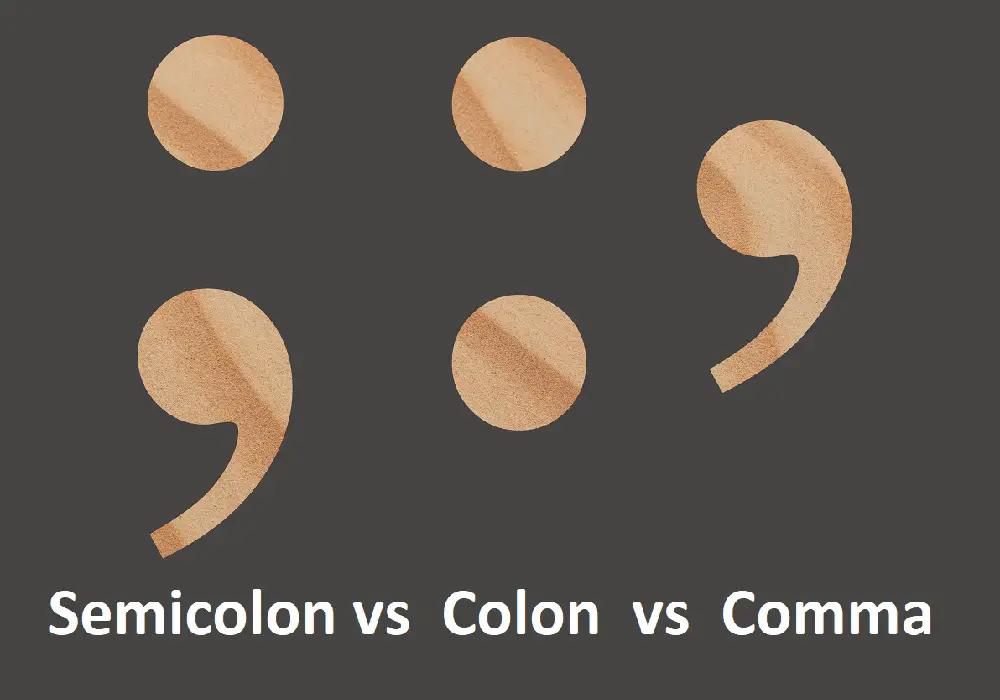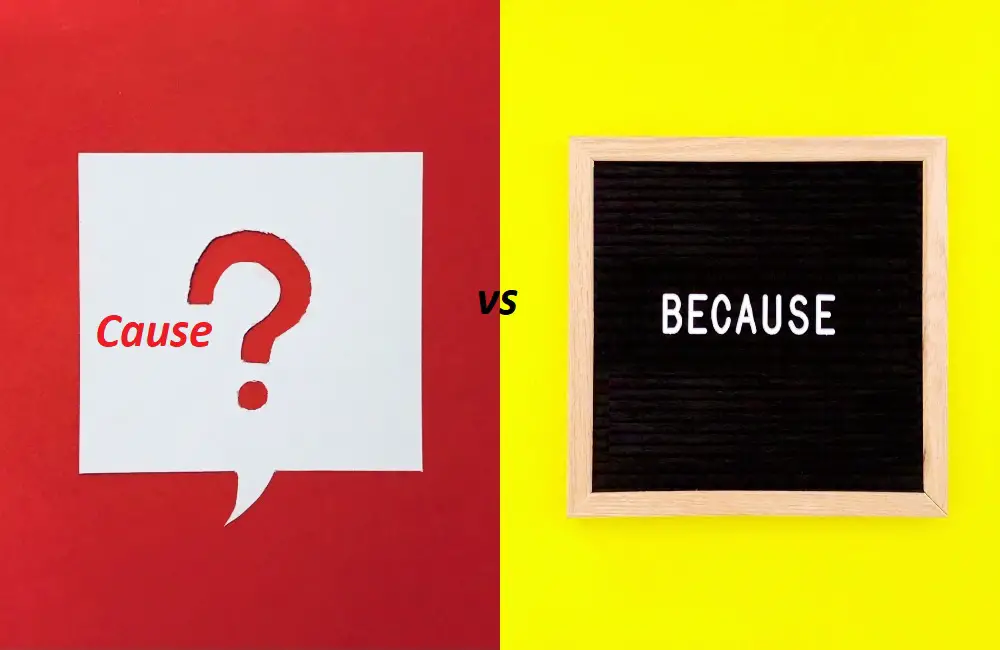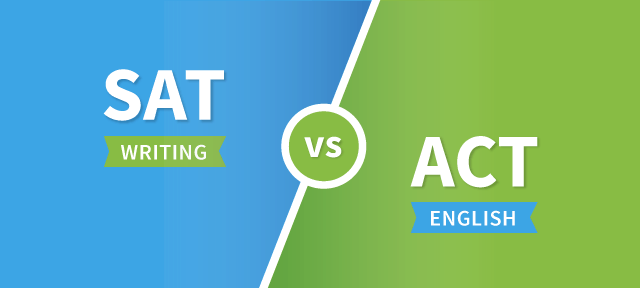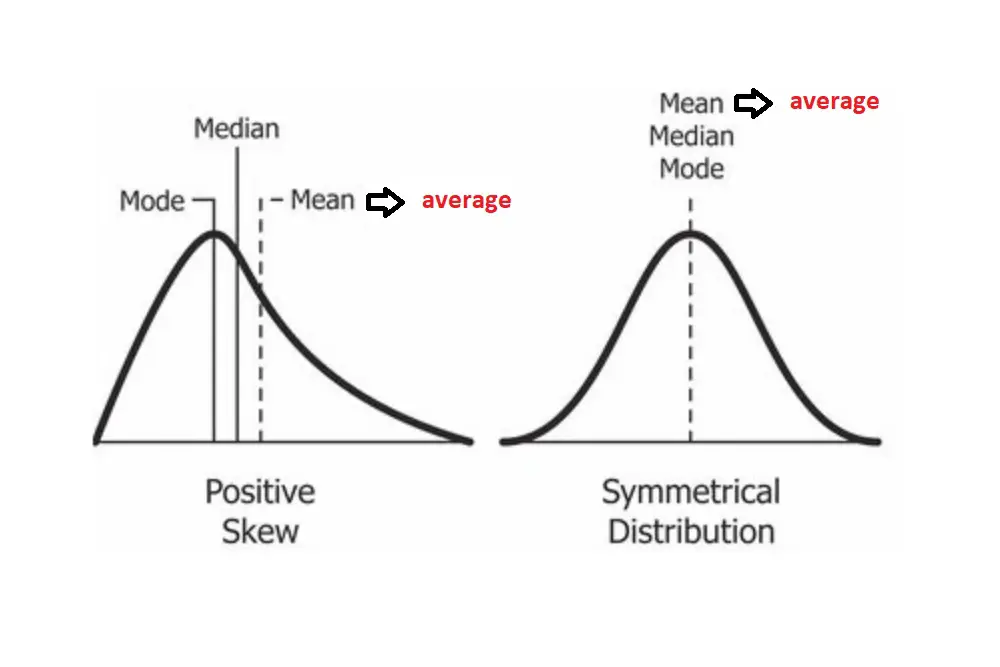Difference Between Semicolon, Colon, and Comma
Semicolons, colons, and commas are all punctuations. However, it is very easy to confuse the rules of punctuations in general, but these three punctuations take the cake as they are the easiest to confuse.
Our semicolon vs. colon vs. comma comparison article will tell you about their definitions, functions, and differences. Keep on reading to find out the details!
What Is a Comma?

The comma was derived from the Greek word kómma, which means cutting off. In actuality, a comma is a punctuation mark placed within a sentence that indicates a slight pause. It also allows the reader or announcer to catch their breath when reading a line.
You can use a comma when listing items, and it is placed right after conjunction that connects two sentences. It is used with interrupters, parenthetical phrases, appositive, and question tags.
A coma is a handy tool to add a literary effect in drama books or novels, as the pause indicated by the comma can add a dramatic impact on a sentence.
Examples of a comma in sentences-
- They will buy shoes, sandals, and shirts for their upcoming holiday.
- As soon as the rain stops, the construction work will begin.
What Is a Semicolon?
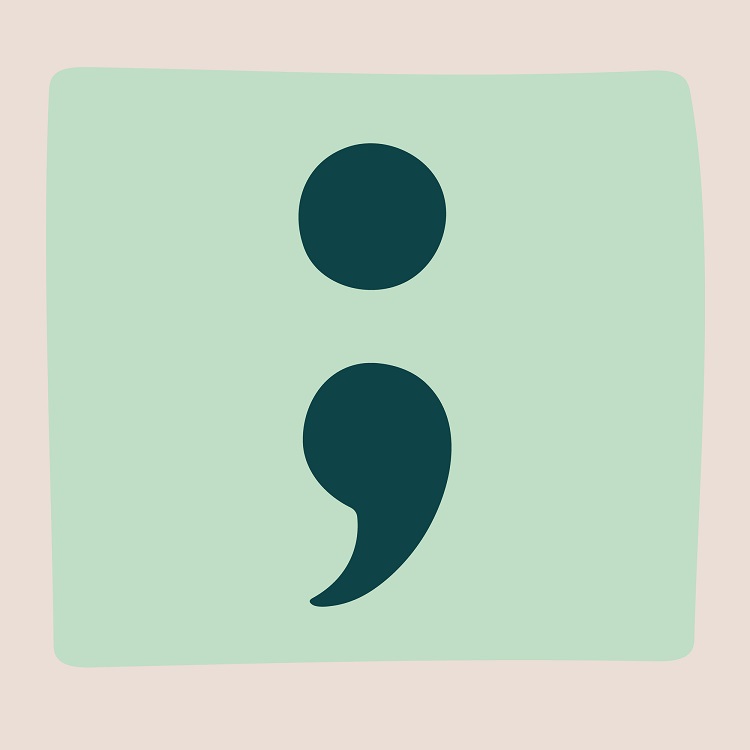
A semicolon is a punctuation mark comprised of a dot stacked over a comma. This hotchpotch of two distinct punctuation marks is always advised to be used sparingly. That is because it adds emphasis to a sentence and makes it more intentional.
Semicolons are primarily used to join two independent sentences. But wait! You cannot use a semicolon to join just any two independent clauses; rather, the independent clauses have to complement or relate to each other.
Additionally, semicolons are also used in front of a conjunctive adverb as well. You can also add a semicolon in a sentence with too many commas as it becomes difficult to follow the sentence.
Finally, by adding a semicolon, you will make it easier for the readers to distinguish between lists.
Examples of semicolons in a sentence:
- The lawyer presented a few pieces of evidence to the jury; however, the evidence appeared to be fabricated.
- Shereen faced her fears head-on; life is too short to be afraid.
What Is a Colon?

Colon, the punctuation mark, was derived from the Greek word kōlon, which means a size of a limb. Colons have to be placed only on a need basis.
It is recommended not to use this punctuation often. It is used to emphasize certain information; obviously, there cannot be too much specific information in one paragraph or story.
Perhaps, this punctuation mark is the easiest to navigate as it just indicates “as follows.” It is used to introduce a list of items. Additionally, it is used between two independent clauses and tells the reader to emphasize the information written after the colon.
Colons are used in time and mathematical expressions like ratios referencing for an academic paper such as – literature or systematic review or religious verses.
Examples of colons in a sentence:
- There are eight divisions in Bangladesh: Dhaka, Chittagong, Sylhet, Mymensingh, Rajshahi, Rangpur, Khulna, and Mymensingh.
- For the maths test, the students solved the ratio of 64:8.
Semicolon vs. Colon vs. Comma: A Brief Overview
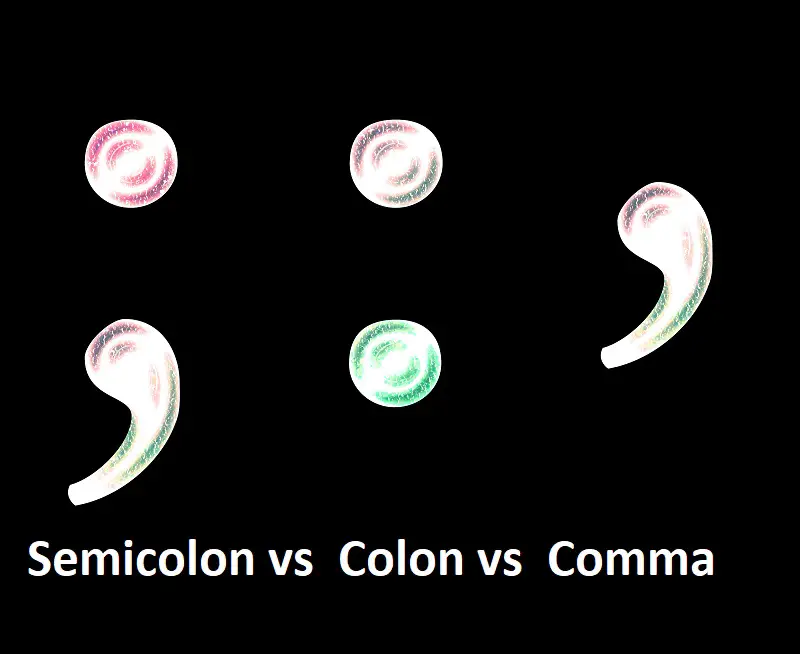
Knowing the differences between punctuation helps one to understand its function and use it correctly. Let’s look at some of the common differences between semicolons, colon, and comma.
1. Functions of Semicolon, Colon, and Comma
A semicolon joins two independent and related clauses together to give detailed information, and it is used to divide a complex list with too many commas in a sentence.
However, a colon introduces elements of a list, explanation, quotation, definition, or essential information.
Additionally, it is used in a two-part sentence containing independent clauses with related details like semicolons; except, it begs the reader to emphasize the information written after a colon.
On the other hand, a comma is used to separate a list containing several items before conjunctions. It is also used to separate a dependent clause in a sentence, especially if it is in a complex sentence format.
2. Length of Pause for Semicolon, Colon, and Comma
Semicolon, colon, and commas are never used to end a sentence; it is always used in between sentences to represent a pause. But a comma is used as a brief pause, whereas a semicolon indicates a slightly longer delay, and a semicolon asks the reader to give a considerable pause.
3. Placement During Quotations
Colon is often used to introduce a quotation used in a sentence, but you will never see a comma or a semicolon to introduce a quote.
In contrast, you will find comma and semicolons in between sentences enclosed by a quotation. Moreover, the colon is used in mathematics like in ratios, referencing volume, or religious verses.
However, a comma is used to separate numerical elements of mathematics or holy verses, while semicolons can be used if there are too many commas in a complex list.
Comparison Table between Semicolon, Colon, and Comma
| Parameters of comparison | Semicolon | Colon | Comma |
| Symbol | Semicolon (;) | Colon (:) | Comma (,) |
| Placement in clauses | The semicolon is used between related independent clauses. | A colon is also placed between two independent clauses and emphasizes the information given after the colon. | A common is not used to separate two independent clauses. |
| Function | To join two related independent clauses. | To introduce lists, quotations. It gives the impression of “as follows.” | It can separate items in a list and brings a short pause. |
| Position in quotations | Semicolons are placed outside the quotation marks. | Colons are placed outside a quotation mark. | Commas are always placed inside quotations. |
| Pause | The narrator and reader have to take a long pause when they see this punctuation. | The narrator and reader have to take a slightly long when they see this punctuation. | The narrator and reader have to take a brief pause when they see this punctuation. |
| Examples | Mehreen ate a bowl of the whole rice platter; life is too short for dieting. | Kara and Nate traveled around Asia, Europe, and Africa: Bangladesh, India; France, Spain; Sudan, Morocco. | Rafi, my brother, was delighted to be employed as the Head of Operations. |
Main Differences between Semicolon, Colon, and Comma
- Semicolons are used to initiate a list of items. However, commas are used to separate the items in a list and are used before conjunctions. In contrast, semicolons are used in complex lists containing too many commas.
- Semicolons and colons indicate long pauses, but a comma suggests a short break.
- Colons are asked to be used sparingly, while commas can be used widely. However, it is advised to limit the use of semicolons in a paragraph too.
- Colons and semicolons are used between independent clauses, but commas cannot be used between independent clauses.
- Colons have non-grammatical uses, such as in mathematical expressions and religious verses, but semicolons or commas have no such functions. But commas can be used to separate numbers in a list.
Conclusion
A sentence is only correct if it has proper grammar and punctuation. To have a more comprehensive understanding, you should know the difference between semicolon, colon, and comma.
So, in the battle of semicolon vs. colon vs. comma, there are no winners, but there are many learnings.
Now that you are equipped with the wisdom of the functions of these punctuations, make sure to remember the difference and use the punctuations correctly to write every sentence with confidence.
